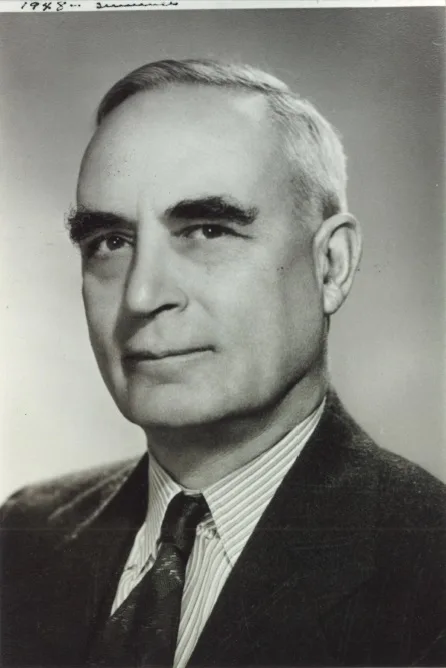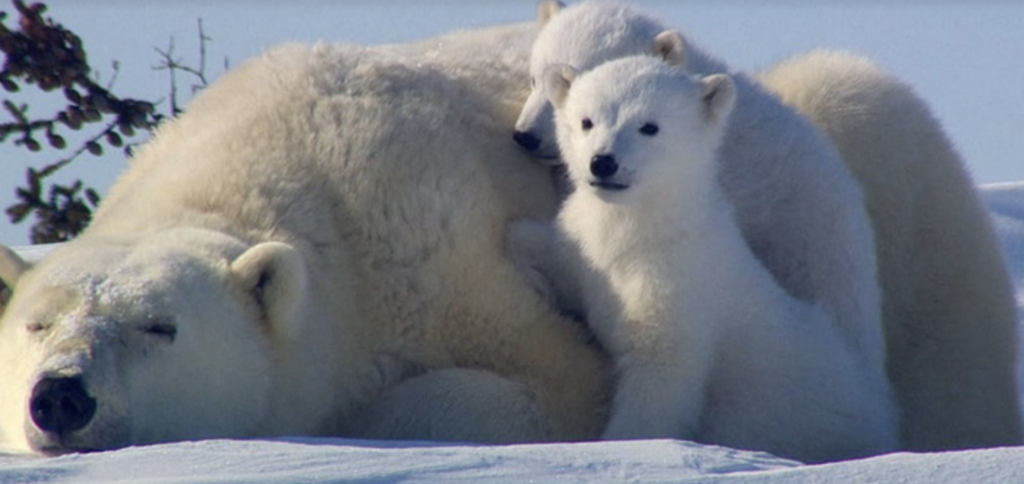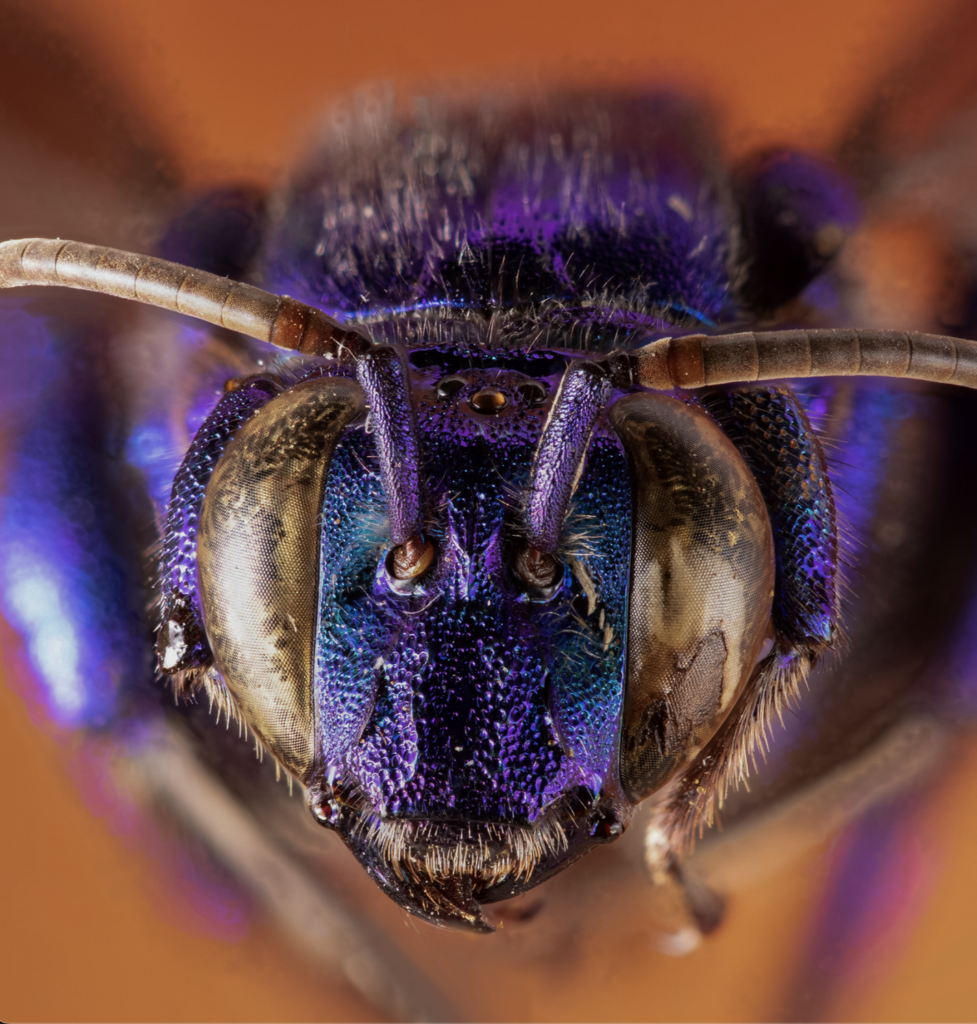
The Modernization of Tuscaloosa’s Built Environment: The Architecture of Don Buel Schuyler
There was no escaping destiny for Don Buel Schuyler. Coming from a family of carpenters and constructions workers, a career in architecture just made sense. Schuyler’s career spanned six decades (1910s – 1960s) and three cities: Wichita, Mobile, and Tuscaloosa.
Many people are familiar with Schuyler, having learned about efforts to nominate some of his outstanding architecture to the National Register of Historic Places, such as the Queen City Pool and Bath House (1943) and Stafford Methodist Church in Stafford, Kansas (1926). However, knowledge of Schuyler and
his architecture is limited and fragmented. People in Wichita know about his Wichita career; people in Tuscaloosa know about his Tuscaloosa career; and people in Mobile have never heard of him. It is time that people know all about Schuyler’s great works regardless of geography.
Schuyler was an architect, landscape architect, engineer, inventor, innovator, developer, and ultimately city planner. This exhibit, the first for Schuyler, reveals his architecture in its entirety. Additionally, it reveals the magnitude of Schuyler’s contributions to the built environment of Tuscaloosa.
View the online exhibition.

Chronicles of the Arctic Circle
Positioned at the top of the world, the Arctic Circle makes up about 4% of the Earth’s surface. Currently comprised of numerous countries, various arctic animal species, and home to over 4 million people, the area has been inhabited by people for thousands of years. Only in recent times have detailed and recorded explorations taken place in efforts of finding passages through it or setting historic milestones within it.
View the online exhibition.

Details Unseen: The Hidden Secret of Bugs
The Spring 20202 Blount Scholars Nature Photography Course intended to show students how to use a digital camera to photograph everything from insects to elephants. The techniques the students learned in this class are transferable beyond nature to product photography and other genres.
By the end of the course, the students were able to create publishable quality photographs for use in biological research as well as creative/artistic applications. The course focused on using digital single lens reflex (DSLR) cameras, DSLR-related equipment, field and studio techniques, post-processing, and photographic workflow.